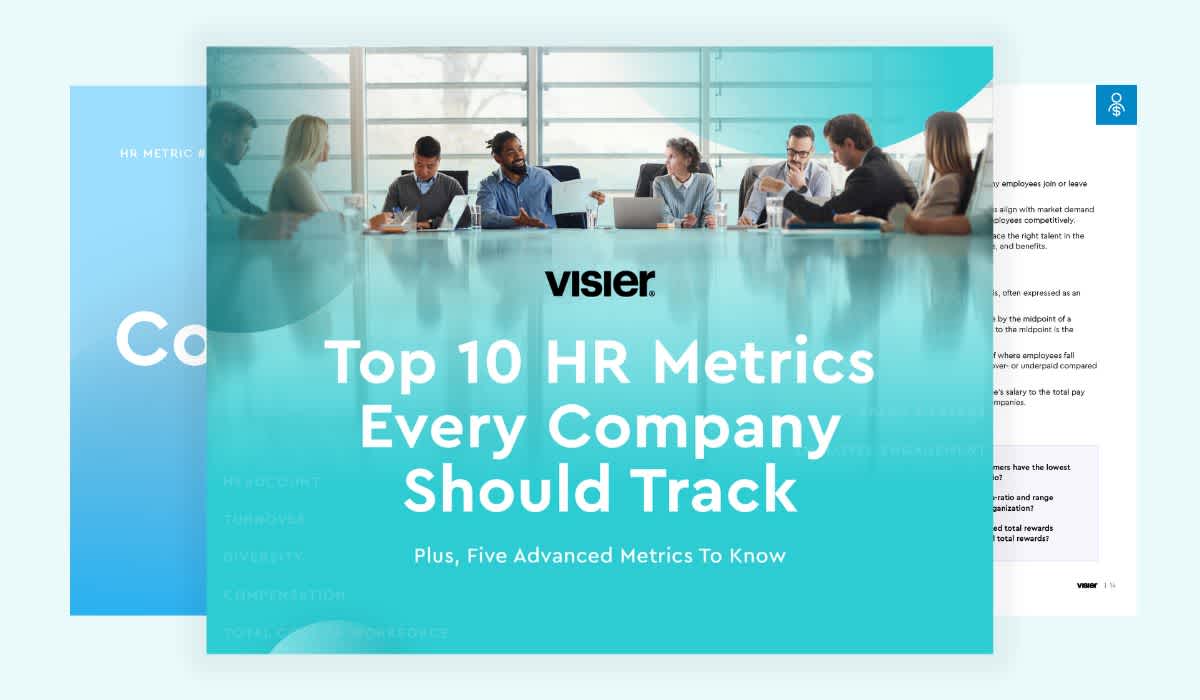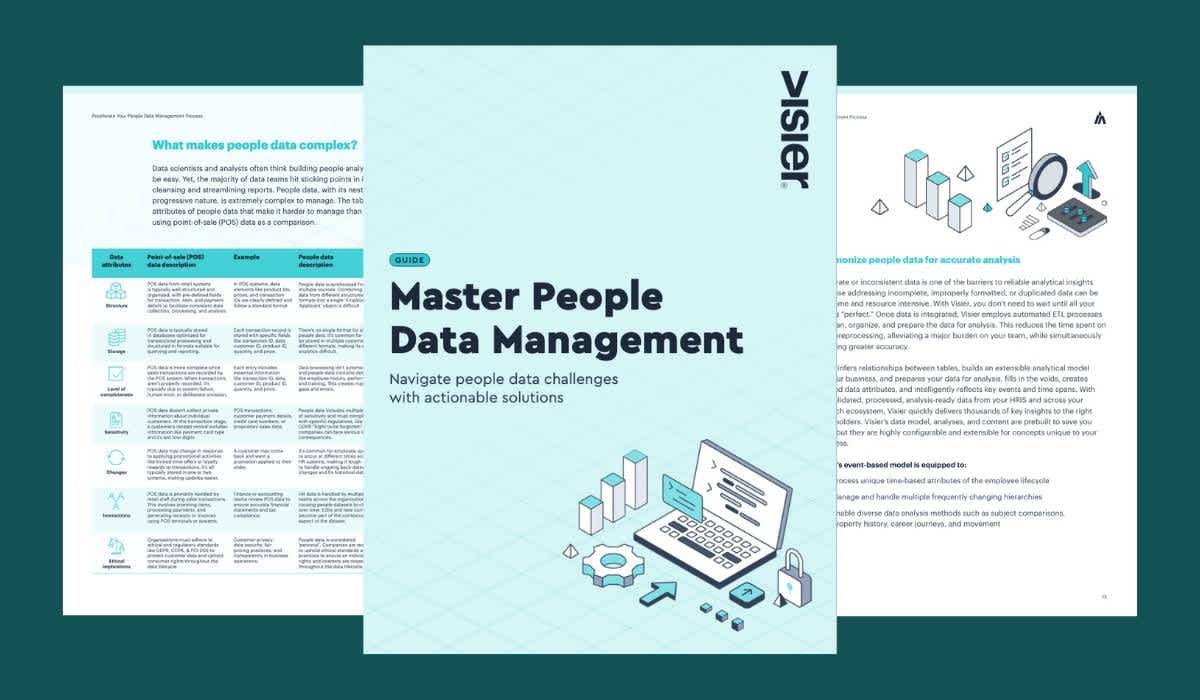How to Measure Learning and Development’s Business Impact
Measuring effectiveness of learning and development (L&D) on business results is a challenge for learning leaders—but it doesn't have to be.

Measuring the effectiveness of learning and development on business results is a challenge learning leaders have yet to overcome.
According to an ATD report, 35% of talent development professionals surveyed reported that their organizations evaluate the business results of learning programs to any extent. Furthermore, only 15% measure the ROI of any learning programs. Without the learning analytics that proves L&D makes an impact on the business, it’s extremely difficult to justify keeping – and expanding – the programs that are working.
What exactly is holding L&D back from measuring their business impact more effectively? ATD cites a lack of:
Access to necessary data, such as financial or employee performance records
Learning management system functionality
Resources, such as staff time and tools needed to conduct evaluations
These limitations make it impossible to connect training to its business outcomes without first going through a complicated and time-consuming process, one that often requires hiring outside consultants to help stitch all the data and reports together. By the time you have the insights you need, it is likely too late for it to make any impact on that year’s financial performance.

Why Should the Business Matter to L&D?
Great L&D delivery needs to focus on what matters most to the business. No matter how much learning takes place, if there is no direct connection to financial outcomes, the challenges to get executive buy in and budget will remain.
However, if you gave your L&D team a business literacy test today, how do you think they would do?
Could they name your company’s top customers? Competitors? How about what conditions could generate risks and opportunities for your business?
In the paper, The New HR Competencies: Business Partnering from the Outside-In, Dave Ulrich, Jon Younger, Wayne Brockbank, and Mike Ulrich found that, “high-performing HR professionals think and act from the outside-in. They are deeply knowledgeable of and able to translate external business trends into internal decisions and actions.”
Furthermore, Ulrich stated that “HR that starts with the business, doesn’t get as much resistance from the business.”
To be successful, L&D professionals need to adopt the same mindset. Win the trust of business leaders by focusing analytics efforts on connecting training’s impact to business outcomes. While this sounds easier said than done, a little learning on L&D’s part can make a huge difference in the kind of support you get from the business in the future.
How to Translate L&D Results Into the Language of the Business
To start, L&D professionals must first figure out what the rest of the business is measuring. While you focus on training scores, learning retention, trainer assessments, etc, the business will be thinking about revenue, profit, customer satisfaction, same store sales, cost per unit, return on capital, and many other metrics. Your industry, and your company, will have their own core business metrics and it is important to understand what they are, and why they matter.
The second step is to combine your L&D metrics with key business metrics to understand how they are influencing each other.
For example, training hours is a L&D metric, while average revenue per transaction is a common business metric in the retail industry. When you connect these two metrics, you can start to ask the right questions (and give the right answers) that will get you to the insights you need to create optimal business outcomes. Questions such as:
Did the new training program improve our sales?
How do training results compare at our best performing stores, versus worst?
Does decreased turnover as a result of more training hours lead to an increase in sales? By how much?
If you find formulating these questions difficult, then partner with one of the business leaders in your organization. Bring your separate disciplines together, and ask them to help you understand how decisions about L&D impact that leader’s ability to deliver their business outcomes.
Once you’ve mastered speaking the language of the business, Bersin by Deloitte advises that you “communicate regularly [with] various audiences to ensure that the information [you] are providing continues to be relevant and useful and to make any adjustments that may become necessary.”
Speed Up Your Learning Analytics Proficiency
When organizations have the data they need to make fact-based decisions, they see a 79% higher Return on Equity (success at generating profits from every unit of shareholder equity). This suggests that leadership in analytics is required to outperform the competition.
While this makes it sound as if spending time manually gathering and cobbling together information from your LMS, HRMS, financial performance system, and all other sources of learning and business data is worth it, the good news is there’s a simpler way to get the insights you need.
Modern learning analytics technology can connect the necessary HR and business systems together to make it faster and easier to analyze learning data, enabling L&D leaders to answer their most important questions �– including what is training’s long-term impact on business results.
With the right solution in place, L&D can move past the technical hurdle of connecting training directly to its impact on the business, and spend more time developing the value learning programs deliver to the bottomline.


